(604 products available)



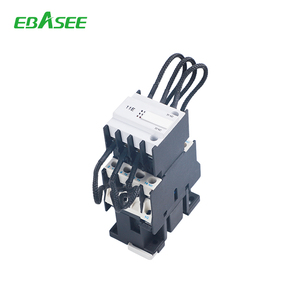











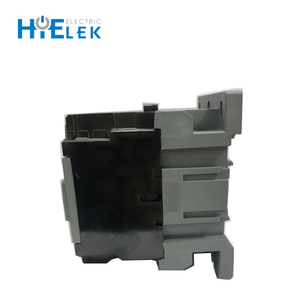


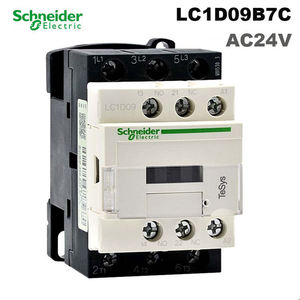













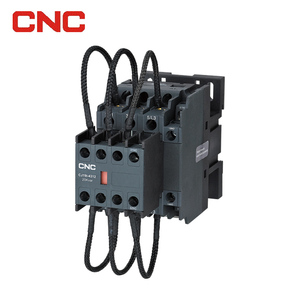
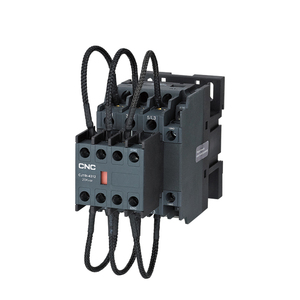
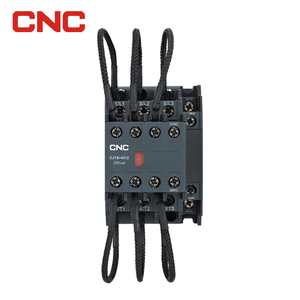



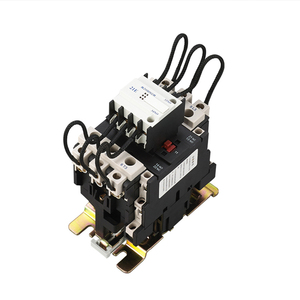


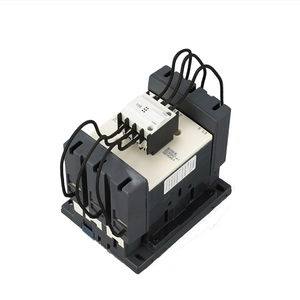


















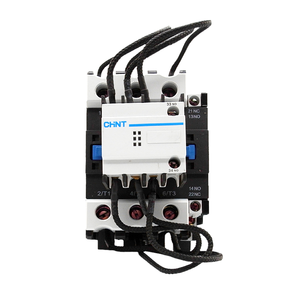



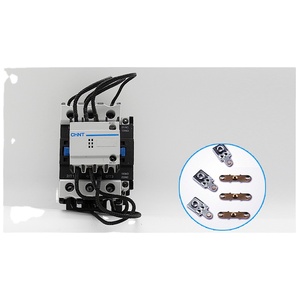





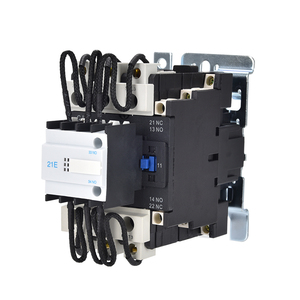
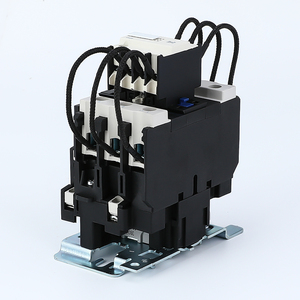

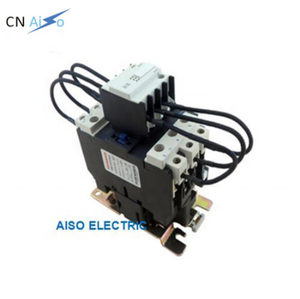


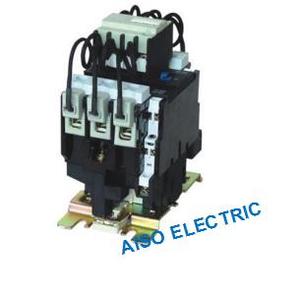





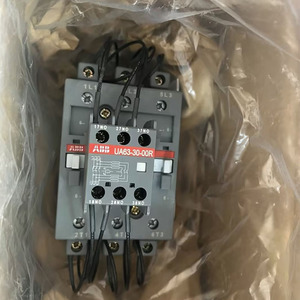


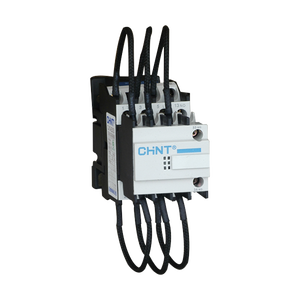
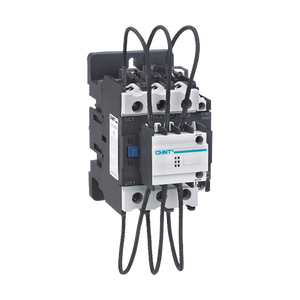
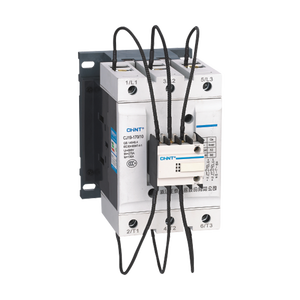

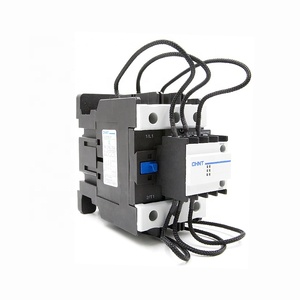
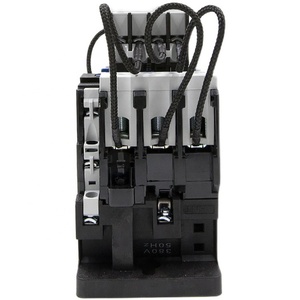



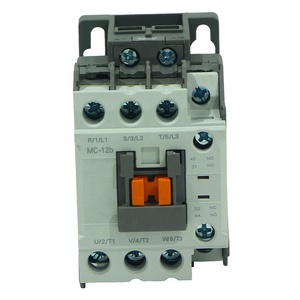


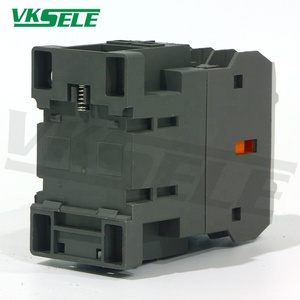

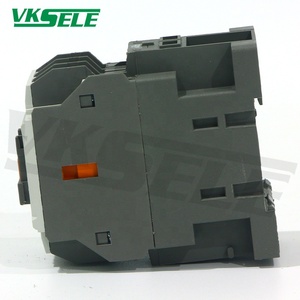

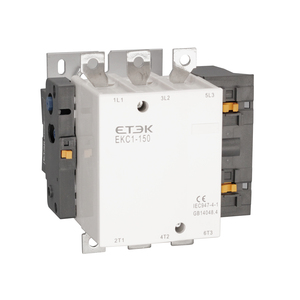
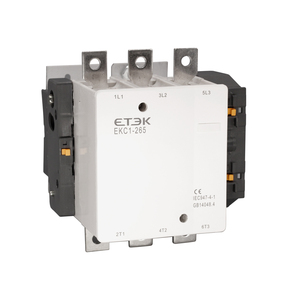


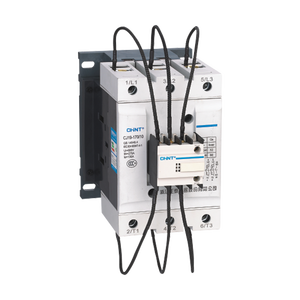


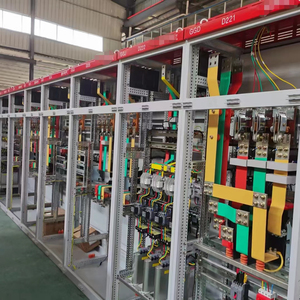








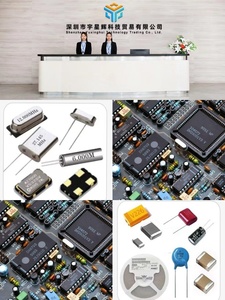

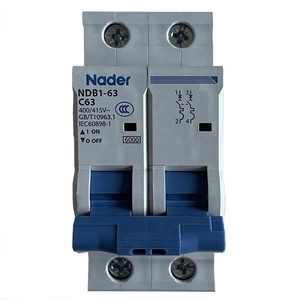

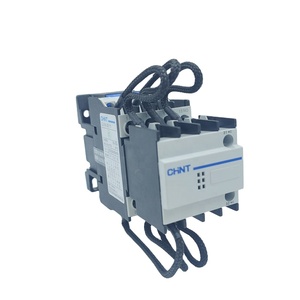


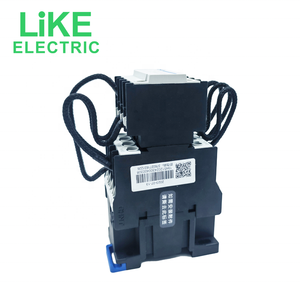
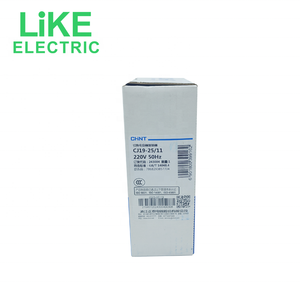


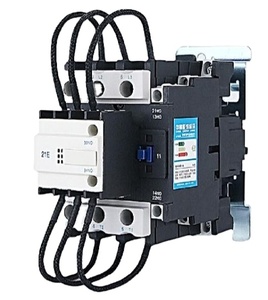





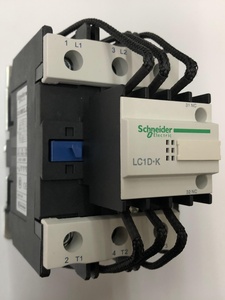




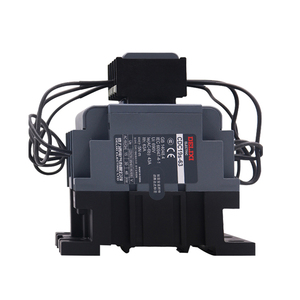
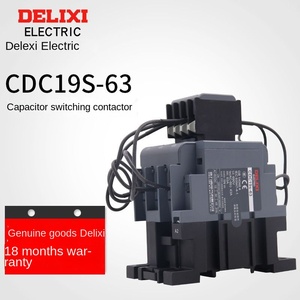







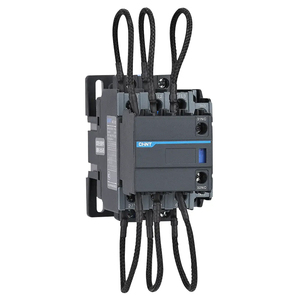





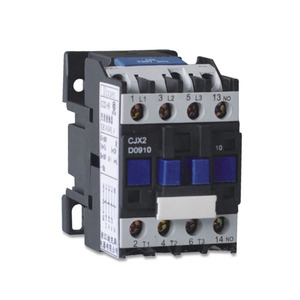
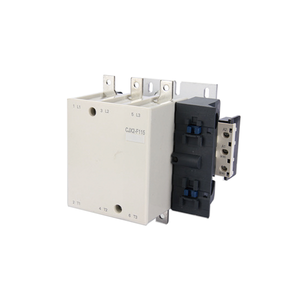
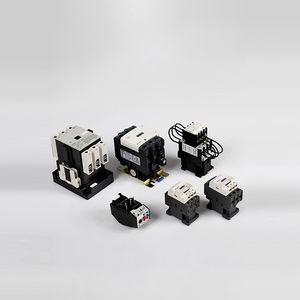


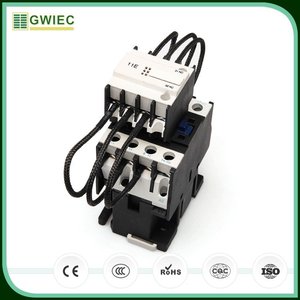

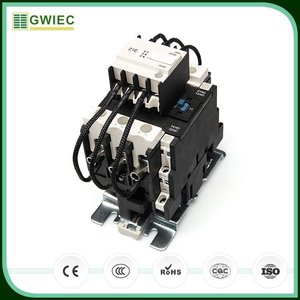



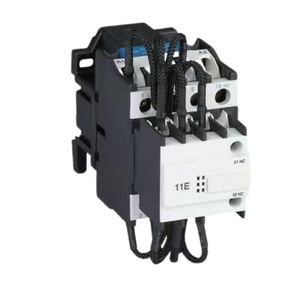


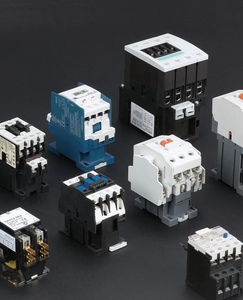
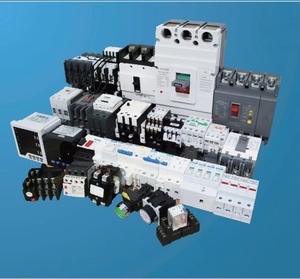


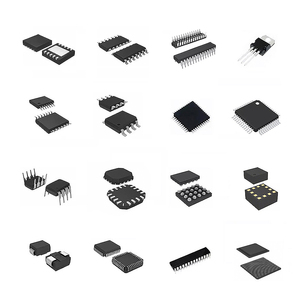
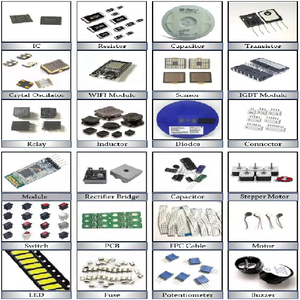
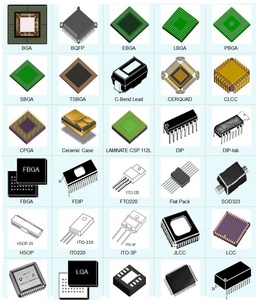
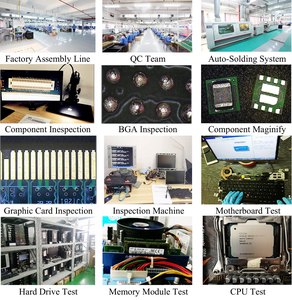










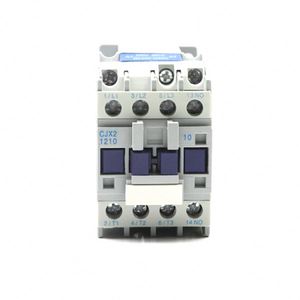
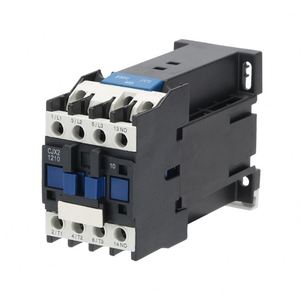



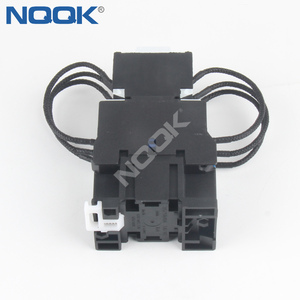


The capacitor switching contactor comes in different types. They include:
Electromechanical contactors
These are traditional types that operate using an electromagnetic coil to exert mechanical forces on the plunger. This creates the required electric field to drive in the plunger. It therefore supports the ON or OFF switches of the plunger. The drawback is that they have large size, require a lot of power to operate, and last for less time.
Solid-state contactors
Also known as the electronic contactor, these are newer devices that utilize electronic components such as thyristors, triacs, and more to control switching functions. They have no moving parts, thus eliminating the mechanical wear. They are, therefore, highly durable and can last up to 20 years under normal conditions. They also switch faster with high sensitivity to control small loads.
Vacuum contactors
These feature contacts sealed in a vacuum chamber to prevent arcing during operations. The vacuum helps in extinguishing the arc since there is no medium to sustain the arc. Therefore, the chamber offers high resistance after contact separation. The design improves electrical longevity and is ideal in equipment-sensitive environments.
Hydraulic magnetic contactors
These combine magnetic and hydraulic principles to assist damping the contact pressure. The hydraulic fluid is within the dampener, and thus, it is an effective design for heavy-duty applications. Since it controls the operation via magnetic pull and fluid dampening, it reduces contact wear and is more responsive to load fluctuations.
Remote-control contactors
These are the contactors that have applications in systems requiring contactor operation from a distance. They integrate with control systems that offer flexibility in operations. They enable safety and efficiency in processes integrated with automation.
A contactor comes with high durability, especially in severe industrial and commercial environments. Some include:
Arc suppression
When contacts open or close, electrical arcs may form between contact points. This is more so when breaking inductive loads like motors, transformers, and other coils. These arcs can wear contacts, lead to pitting, or even damage the whole system. However, capacitor switching contactors use built-in features like pre-charge circuits, chemical resistors, and snubber circuits. All these features limit transient currents and voltage differentials. They, therefore, reduce the time and occurrence of arcing, thus protecting the contacts and extending the contactor’s life.
Power factor correction
Contactor application on capacitor banks optimizes the system’s power factor. It reduces reactive power consumption, which is the nonproductive power that doesn’t perform any useful work. This lowers the energy bill and also protects equipment like transformers, generators, and motors from overload. This overloading decreases energy efficiency, increases operational cost, and wears down equipment. Therefore, reduced load on electrical equipment prolongs its operational life, thus increasing durability.
Voltage stabilization
Capacitor switching contactors are commonly found in high-voltage applications or those that experience significant voltage fluctuations. These are fluctuations where contactors stabilize voltage levels and prevent over-voltage and under-voltage conditions. These conditions can damage electrical components, decrease their physical integrity, or shorten their lifespan. Therefore, by stabilizing voltage levels, capacitor switching contactors protect the entire electrical system.
Frequent operation feature
Capacitor bank contactors are designed to operate frequently during peak electrical demand. It enables opening and closing rapidly during heavy electrical load without wearing out. They also feature heavy-duty construction, heat-resistant materials, and advanced cooling techniques. Contactor heat and overload protection ensure components withstand frequent operations and remain durable or, better yet, operational for longer.
Capacitor switching contactors have a range of applications in commercial settings. They include:
HVAC Systems
Contactor helps in regulating the operation of compressor motors, fans, and pumps. Moreover, capacitor switching contactors switch the air conditioning system’s main electrical loads and improve energy efficiency. In turn, this reduces operational costs and provides reliable temperature control.
Commercial buildings
Apart from HVAC systems, capacitor switching contactors are applied in lighting systems, elevators, and chiller plants in commercial buildings. They improve energy efficiency and enhance electrical system stability. In turn, this reduces maintenance costs and minimizes downtime, improving overall productivity.
Industrial manufacturing
These contactors manage motor loads applied in machinery and equipment used in industrial manufacturing. Induction motors or heavy machinery used for production require these contactors that help manage load demands. Therefore, they protect machinery from overload, thus enhancing operational efficiency and reducing wear on equipment. These applications ultimately lead to lower energy bills due to efficient power usage and less frequent equipment servicing.
Utility power distribution
Capacitor switching contactors are engaged in the electrical grid and other large utility applications. Utility operators employ them to manage capacitor banks within power factor correction. Thus, it stabilizes voltage levels while improving energy transmission efficiency. This stability prevents blackouts and reduces the need for costly infrastructure. Moreover, it helps utilities minimize energy costs, making electrical services cheaper for commercial clients.
Data centers and critical facilities
Data centers, telecommunication facilities, and critical infrastructure rely on capacitor switching contactors for their equipment. These facilities need continuous power supply and reliable switchgear operation. Capacitor switching contactors ensure power system stability and data integrity during power fluctuations or surges. They also protect sensitive electronic equipment in these facilities from damage, ensuring seamless operation.
Here are some things a buyer should consider when choosing a contactor switch:
Load type
Identify the specific load the capacitor switching contactor will handle. Will it be inductive loads like motors or resistive ones like heating elements? For resistive loads, any type of resistive contactor will do well. However, in industrial areas where machines are common, inductive loads will require inductive loads. Also, what are the operating requirements? Ensure the chosen contactor can handle the capacity of the electrical system.
Application requirements
Different applications require different needs to be fulfilled. For instance, in high-voltage applications, a vacuum or solid-state contactor is ideal other than mechanical ones. Also, in high cycling rates or quick response time needs, solid-state contactors will be preferred for their faster switching capabilities. Ultimately, ensure the contactor is designed for the application it will be used for.
Durability and maintenance
If the contactor is going to be installed in a critical area where maintenance has to be minimal, go for a long-lasting one. In high-traffic or high-torque areas, the electromechanical contactor will wear out quickly. This means choosing a vacuum or solid-state contactor that has low wear rates.
Environmental conditions
If the contactor will go into extreme environmental conditions, then its enclosure and internal components must be resistant to those conditions. A good example is how the saline presence in marine environments affects internal corrosion in electronic components. Recognize where the contactor will be installed and choose the correct one for that environment.
Budget considerations
Sometimes the budget might limit the kind of contactor one opts for. For long-term applications with high usage, it is worth investing in a durable contactor. This will reduce maintenance and replacement costs in the long run. However, if the contactor is going to be in short-term usage, go for a cost-effective one. It doesn’t make sense to invest in an expensive one if the load it holds is temporary or seasonal.
A capacitor switching contactor is designed to switch capacitor banks on and off for voltage and power factor correction. Therefore, it operates by opening and closing its contacts to connect or disconnect capacitor circuits. It helps maintain the electrical system. They mainly have applications in electrical systems with high capacitive loads.
They are used in HVAC systems, industrial motors, power systems, commercial buildings, and data centers. Basically, they are used for stabilizing voltage, improving energy efficiency, protecting equipment from damage, reducing operational costs, and managing load demands.
The key features of capacitor switching contactors include automatic and manual control options, electrical isolation, built-in protection features, high switching capacity, and temperature-resistant enclosures.
Capacitor switching contactor buyers should consider the load type and application requirements. They should also consider environmental conditions, budget constraints, and operational efficiency. More importantly, they should buy from a reputable supplier to ensure they get quality products.
Yes. Buyers should ensure that any debris or dust found around the contactor should be removed. They should also ensure periodic inspection for signs of wear or damage. Also, there is no need for lubrication since it is an electronic switching system. Frequent monitoring for heat buildup and enabling adequate ventilation will also extend the contactor’s life. Finally, consider doing component replacement for worn-out parts.